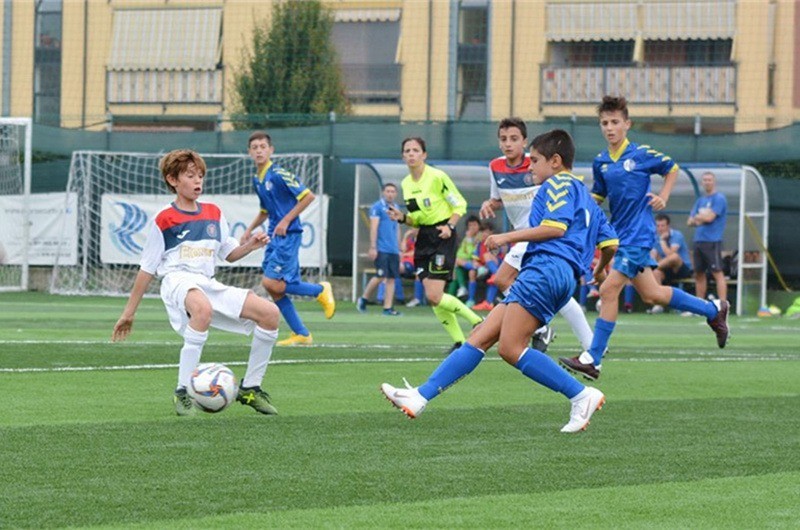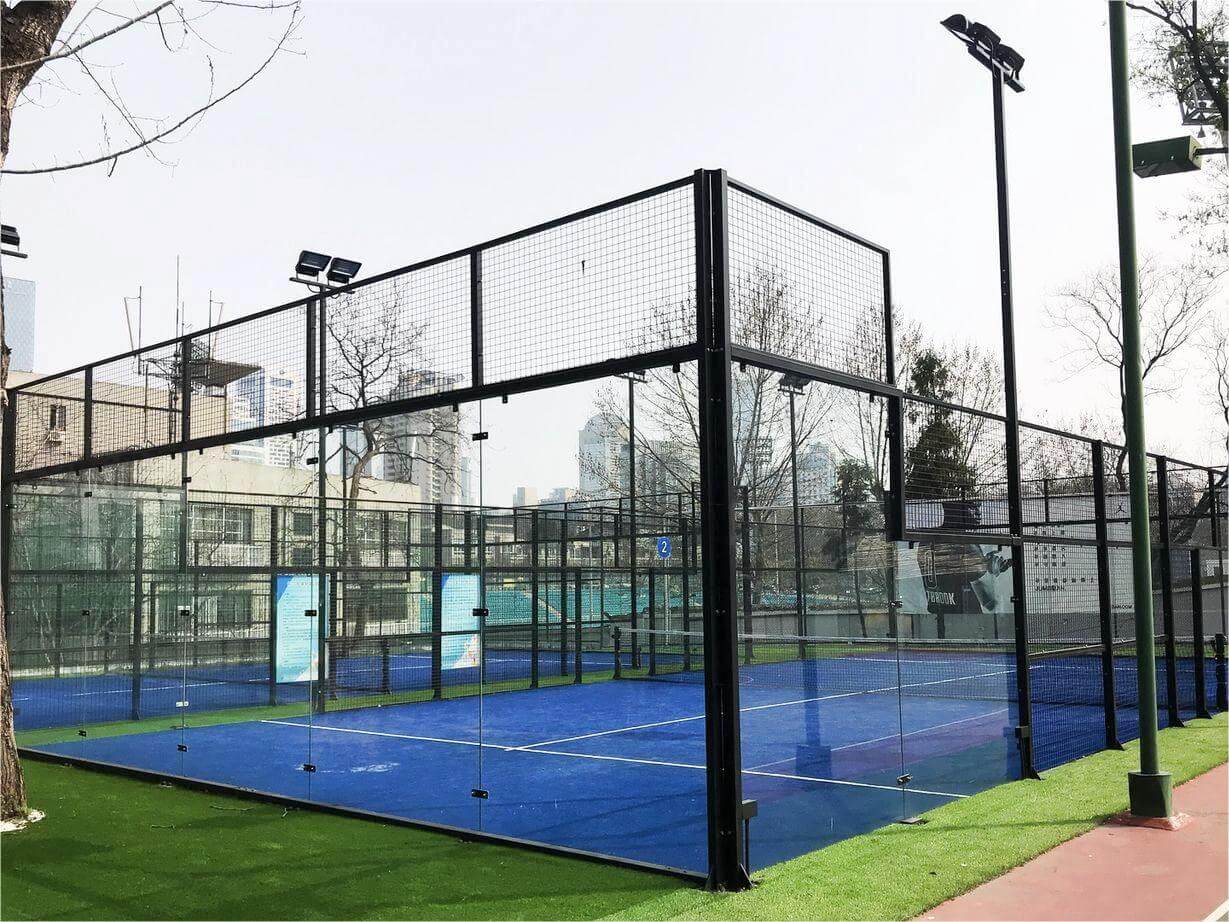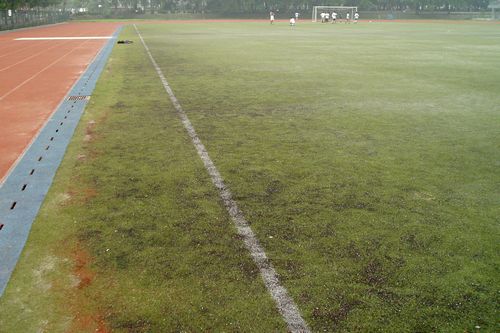A football field’s artificial grass system comprises three key components: football grass, base, and infills. These components work together to determine the performance and lifespan of the football field. In this article, we will discuss several problems commonly associated with low-quality football artificial grass systems. By understanding these issues and taking preventive measures, you can ensure a successful installation of synthetic grass for your football field.
Problem 1: Color Changes or Fading
Color alterations or fading in artificial grass can occur due to various factors, including:
- Insufficient quality of the artificial grass yarn, failing to meet industry standards. For instance, inadequate UV additives and anti-aging properties.
- Unreasonable composition of the artificial grass yarn materials, including excessive amounts of low-quality additives.
- Use of outdated machinery for manufacturing artificial turf yarn, resulting in poor workmanship and unstable synthetic grass fibers.
- Environmental factors such as strong UV exposure, acid rain, and industrial pollution.
Problem 2: Splitting of Football Turf Fibers
Several factors contribute to the early deterioration of artificial grass fibers, such as:
- Excessive use, particularly with fibrillated yarn. Over time, the yarn may split into 50-60 strands after 4-5 years or, in severe cases, within 1-2 years of installation.
- The use of polypropylene (PP) as the primary material for the artificial grass yarn. PP is harder, more prone to pilling and chalking, and lacks durability.
Problem 3: Abnormal Fiber Loss
Abnormal fiber loss refers to the unnatural shedding or detachment of artificial grass fibers. This issue can arise due to the following reasons:
- Weak adhesion: Poor quality yarns may not have strong adhesion to the backing material of the artificial turf, making it easier for the fibers to come loose. Insufficient or low-quality coating glue can also contribute to this problem.
- Inadequate tuft bind: Lower quality yarns may have insufficient tuft bind, resulting in easier removal when subjected to pulling or tugging.
- Inferior yarn construction: Low-quality yarns lack the necessary strength and structure to withstand regular use, leading to easy dislodgment from the turf.
- Improper installation: Incorrect installation techniques, such as inadequate securing of the yarns during the tufting process, can contribute to fiber loss. This can result from using incorrect machinery, poor workmanship, or shortcuts during installation.
Problem 4: Backing Damage
Issues related to the backing of the artificial grass can occur due to the following factors:
- Insufficient thickness of the backing, relying on a single layer of PP fabric.
- Low-quality artificial turf coating materials or excessive coating materials.
- Uneven or rough base, causing damage to the backing.
- Poor drainage system, leading to prolonged water exposure that deteriorates the backing.
Problem 5: Inconsistent Color across the Artificial Grass Surface
Inconsistent color across the artificial grass surface can be attributed to several factors:
- Poor quality synthetic grass yarn. Inconsistent yarn thickness across stitches can result in unstable color consistency, leading to different shades on the field.
- Uneven distribution of sand and rubber granule infills, resulting in slight variations in color across the surface.
- Uneven base, causing an uneven artificial grass surface and different shades of green.
- Low-quality artificial grass infills that contaminate the surface, affecting color consistency.
By addressing these common issues and prioritizing the use of high-quality materials and proper installation techniques, you can avoid the problems associated with poor-quality football artificial grass systems. Ensure regular maintenance to maximize the lifespan of your artificial grass field while providing optimal playing conditions for athletes.




